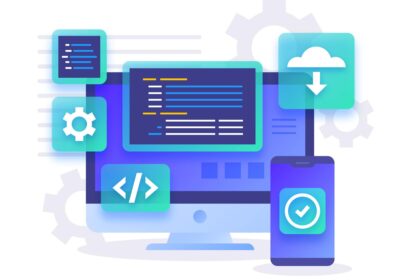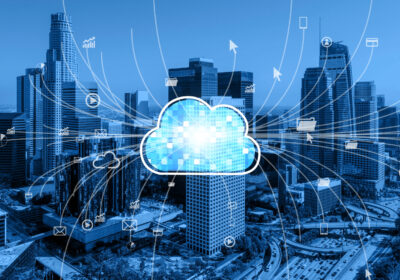As businesses evolve in the digital era, IT modernization is no longer an option—it’s a necessity. Organizations that fail to update their IT infrastructure risk falling behind competitors, facing security vulnerabilities, and struggling with inefficiencies. However, modernizing IT systems is a complex process that requires careful planning, execution, and continuous adaptation. In this guide, we explore the key dos and don’ts to ensure a smooth IT modernization journey.
Dos: Best Practices for IT Modernization
1. Align IT Modernization with Business Goals
Before diving into modernization, ensure that your IT strategy aligns with your broader business objectives. Whether it’s improving operational efficiency, enhancing security, or enabling digital transformation, modernization efforts should directly contribute to organizational success.
2. Adopt a Phased Approach
A full-scale IT transformation can be overwhelming and disruptive. Instead of a big-bang approach, break the modernization process into manageable phases. Prioritize critical systems and gradually update infrastructure, applications, and workflows.
3. Leverage Cloud Computing
The cloud offers scalability, flexibility, and cost-efficiency, making it a cornerstone of IT modernization. Evaluate different cloud models—public, private, or hybrid—and migrate workloads strategically to optimize performance and security.
4. Ensure Cybersecurity is a Priority
Modernizing IT systems introduces new security risks. Implement zero-trust security models, multi-factor authentication (MFA), and encryption to safeguard sensitive data. Regular security audits and compliance checks should also be part of the process.
5. Invest in Automation and AI
Automation and AI-driven solutions enhance efficiency and reduce manual workload. From automated patch management to AI-powered analytics, integrating these technologies can streamline operations and improve decision-making.
6. Upgrade Legacy Systems Thoughtfully
Many organizations still rely on legacy systems that hinder innovation. Instead of a complete overhaul, consider modernizing critical components using APIs, microservices, and containerization to extend the lifespan of existing infrastructure while adopting modern architectures.
7. Engage Stakeholders and Train Employees
IT modernization affects multiple departments, so involving key stakeholders is crucial. Additionally, provide upskilling programs for employees to ensure they can effectively utilize new technologies and workflows.
Don’ts: Common Pitfalls to Avoid
1. Don’t Rush the Modernization Process
IT modernization is a long-term initiative, not a quick fix. Rushing the process can lead to compatibility issues, security gaps, and increased costs. Take time to assess current systems, develop a strategic roadmap, and test new implementations before full deployment.
2. Don’t Neglect Data Migration Strategies
Data migration is one of the most challenging aspects of modernization. Poorly planned migrations can result in data loss, inconsistencies, and downtime. Implement a robust data migration strategy that includes backup solutions, validation processes, and rollback options to mitigate risks.
3. Don’t Rely Solely on On-Premise Infrastructure
While some workloads may require on-premise infrastructure, relying solely on it limits scalability and agility. Explore hybrid or multi-cloud environments to strike a balance between security, performance, and cost efficiency.
4. Don’t Ignore Regulatory Compliance
IT modernization must comply with industry regulations such as GDPR, HIPAA, and ISO 27001. Ignoring compliance requirements can result in legal issues, hefty fines, and reputational damage.
5. Don’t Overlook End-User Experience
Modernization should enhance—not hinder—user experience. Whether for employees or customers, ensure that new systems are user-friendly, well-integrated, and support seamless workflows.
6. Don’t Underestimate Costs
Budgeting for IT modernization involves more than just hardware and software costs. Factor in training, ongoing maintenance, cloud storage fees, and cybersecurity expenses to avoid financial strain.
7. Don’t Forget Continuous Optimization
IT modernization is not a one-time project; it’s an ongoing process. Monitor system performance, gather feedback, and continuously optimize to keep up with evolving business needs and technological advancements.
Conclusion: Future-Proofing Your IT Strategy
IT modernization is a crucial step toward building a more agile, secure, and scalable digital infrastructure. By following the dos and avoiding the don’ts, organizations can navigate the complexities of modernization effectively while minimizing risks. A well-executed IT modernization roadmap ensures long-term business growth, innovation, and resilience in the ever-changing digital landscape.
Are you ready to embark on your IT modernization journey? Start with a well-defined strategy and the right technology partners to drive success!





